Rising Prevalence of Cardiovascular Diseases
The increasing incidence of cardiovascular diseases is a primary driver for the Cardiac Restoration System Market. As lifestyle-related factors such as obesity, diabetes, and hypertension continue to rise, the demand for effective cardiac restoration solutions is likely to escalate. According to recent data, cardiovascular diseases account for a substantial percentage of global mortality, prompting healthcare systems to prioritize innovative treatment options. This trend suggests that the Cardiac Restoration System Market will experience significant growth as healthcare providers seek to implement advanced technologies to address these health challenges. Furthermore, the aging population is also contributing to the rising prevalence of heart-related ailments, thereby amplifying the need for cardiac restoration systems that can enhance patient outcomes and reduce healthcare costs.
Technological Innovations in Cardiac Devices
Technological advancements in cardiac devices are transforming the landscape of the Cardiac Restoration System Market. Innovations such as minimally invasive surgical techniques, advanced imaging technologies, and smart monitoring systems are enhancing the efficacy of cardiac restoration procedures. For instance, the integration of artificial intelligence and machine learning in cardiac devices is enabling more precise diagnostics and personalized treatment plans. This evolution in technology not only improves patient outcomes but also increases the efficiency of healthcare delivery. As a result, the Cardiac Restoration System Market is poised for growth, with an increasing number of healthcare facilities adopting these cutting-edge technologies to improve patient care and streamline operations.
Growing Investment in Healthcare Infrastructure
The expansion of healthcare infrastructure is a significant driver for the Cardiac Restoration System Market. Governments and private entities are investing heavily in healthcare facilities, particularly in regions with high cardiovascular disease rates. This investment is aimed at enhancing the availability of advanced medical technologies, including cardiac restoration systems. As healthcare systems evolve, the demand for state-of-the-art cardiac solutions is expected to rise. Recent reports indicate that healthcare spending is projected to increase, which may lead to the establishment of specialized cardiac care centers equipped with the latest restoration technologies. Consequently, this trend is likely to bolster the Cardiac Restoration System Market, as more facilities seek to provide comprehensive cardiac care.
Increased Awareness and Education on Heart Health
The growing awareness and education regarding heart health are pivotal in driving the Cardiac Restoration System Market. Public health campaigns and educational initiatives are informing individuals about the risks associated with cardiovascular diseases and the importance of early intervention. This heightened awareness is leading to an increase in screening and diagnostic procedures, which in turn drives demand for cardiac restoration systems. As more patients seek proactive measures to manage their heart health, healthcare providers are likely to invest in advanced cardiac restoration technologies. This trend indicates a potential growth trajectory for the Cardiac Restoration System Market, as the focus on preventive care continues to gain momentum.
Regulatory Support for Innovative Cardiac Solutions
Regulatory bodies are increasingly supporting the development and approval of innovative cardiac solutions, which serves as a catalyst for the Cardiac Restoration System Market. Streamlined approval processes and incentives for research and development are encouraging manufacturers to introduce novel cardiac restoration technologies. This regulatory environment fosters innovation, allowing for the rapid introduction of advanced systems that can significantly improve patient outcomes. As regulatory frameworks evolve to accommodate new technologies, the Cardiac Restoration System Market is likely to benefit from an influx of innovative products that meet the growing demand for effective cardiac care solutions.


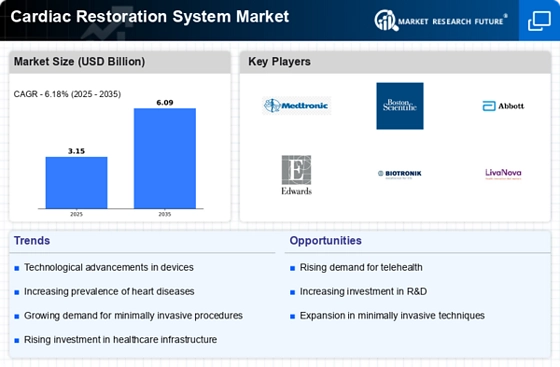
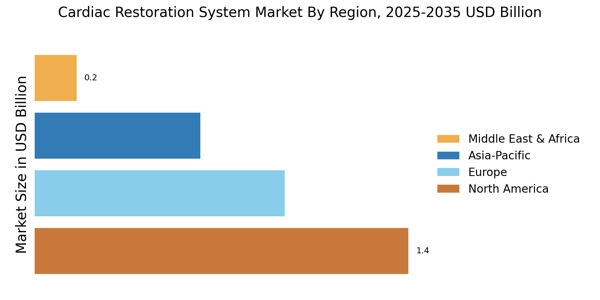

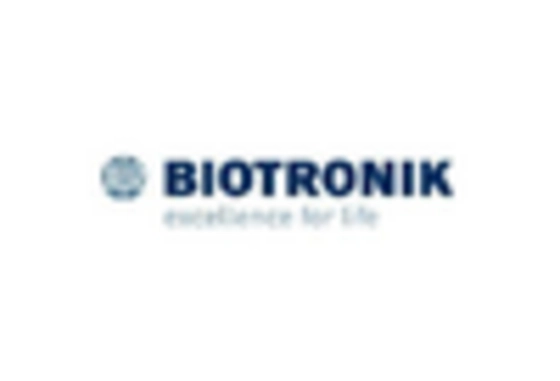

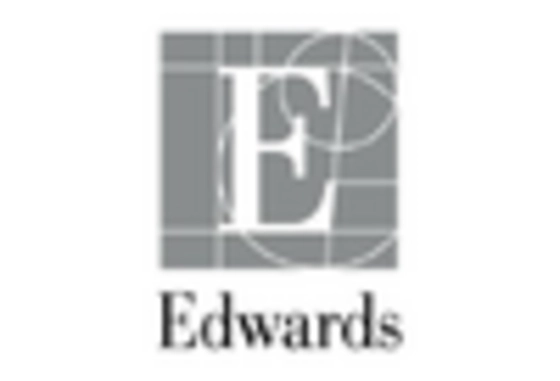
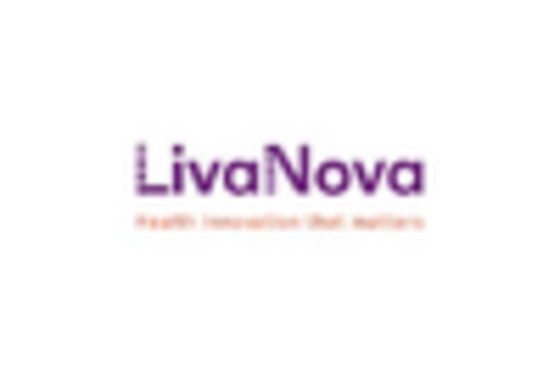









Leave a Comment